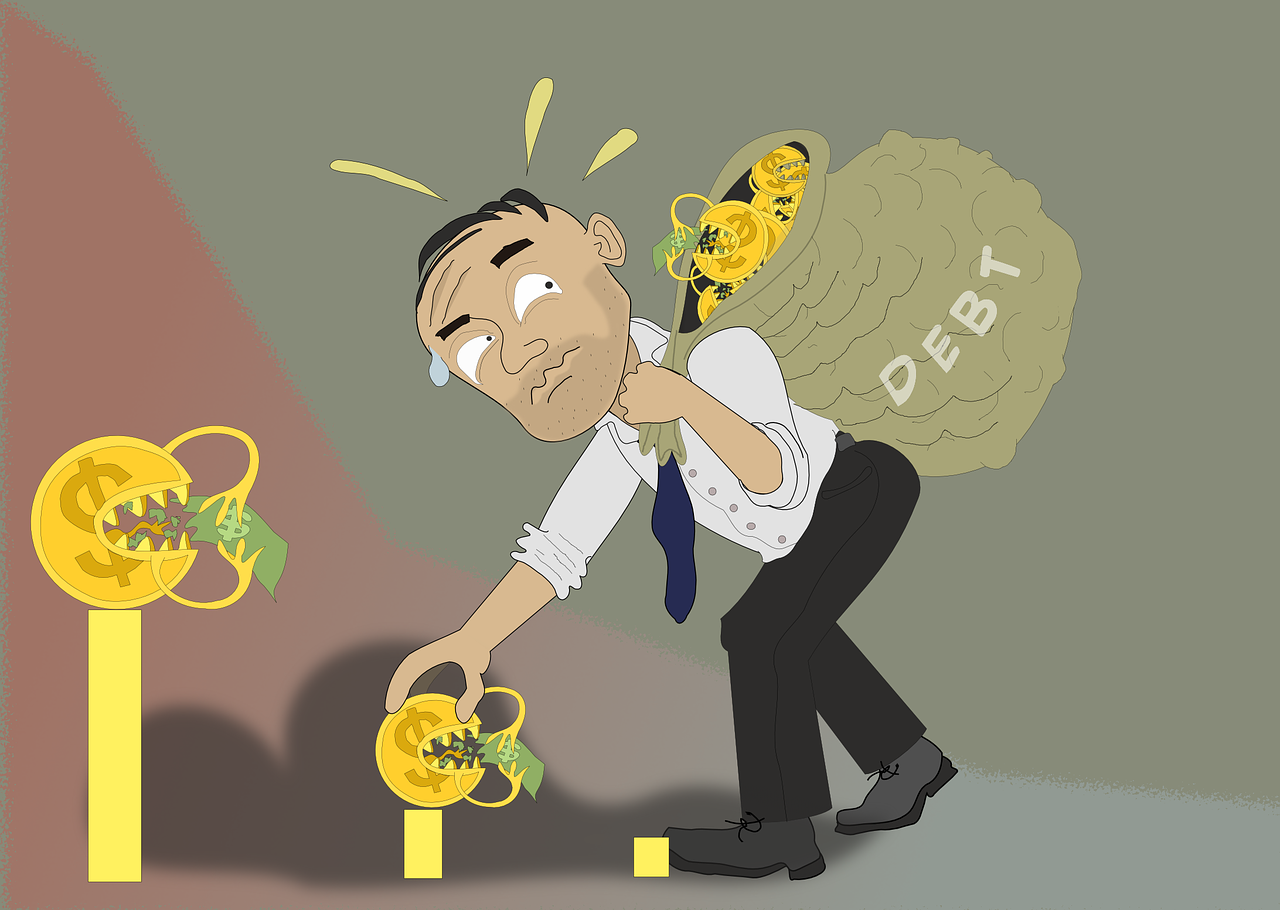I came to economics more than 20 years ago as a student of Hyman P. Minsky. L. Randall (“Randy”) Ray was my actual professor, and he was a student of Minsky’s So I got an early introduction to the idea that capitalist economies evolve in ways that generate credit-fueled booms, which feed on themselves until debt loads become excessive and a financial crisis occurs.
Q4 hedge fund letters, conference, scoops etc

It was impossible not to think of Minsky as I read Ray Dalio’s three-volume masterpiece, Big Debt Crises. Like Dalio, Minsky argued that the ways in which policymakers respond to crises determines whether the downturns became protracted and severe – a Minsky Crisis – or fleeting and relatively painless. The takeaway from Minsky was that the U.S. had built powerful institutions – a big government and a responsive central bank – which, together, could prevent any meltdown from spiraling into a full-blown depression. It helped me understand debt cycles in the U.S. context.
Dalio’s contribution is far more exhaustive – a sweeping overview of 48 big debt cycles that have occurred, globally, in the last 100 years. The takeaway? Debt crises are normal and normally manageable. But in countries where a significant amount of debt is denominated in a foreign currency, managing a debt crisis is far trickier, and things can get really ugly before they get better.
The main ideas are laid out in the first volume of the book, a pretty quick 65-page read. It’s here that Dalio presents the debt cycle as a war of tensions. Debt, per se, isn’t the problem. In fact, debt is a critical ingredient for innovation and growth. Excessive debt is what sets the stage for the crisis, because beyond some point, the claims on money – i.e. debt – begin to grow more rapidly than the cash flows available to service the debt. It’s a six-stage pattern that repeats itself again and again.
In the first stage of the cycle, debt is being used to enhance productivity. Leverage is modest, and borrowers have no problems servicing the debt. Then comes the bubble phase. Expectations are shaped by the good times in the recent past, and people begin to anticipate that the future will look like much like the past. Optimism fuels an even greater willingness to borrow, and debt growth accelerates. The third phase is the top. This is when monetary policy tends to tighten, and those with substantial leverage get squeezed. Next comes the down leg. This is the depression part of the cycle. Real GDP contracts, and policymakers work to counter the event by driving interest rates toward zero, “printing money” (i.e. quantitative easing/buying financial assets), etc. This is the final stage of the cycle.
To show just how robust his template is, Dalio includes a compendium of case studies, which walk readers through a sample of 48 big debt cycles that culminated in full-blown debt crises. It’s a herculean accomplishment, one that he admits would have been impossible without the help of an incredible team at Bridgewater. You can spend hours studying the chart decks (I did), and you’ll come away convinced that Dalio has made his case.
Read the full article here by Stephanie Kelton, Advisor Perspectives
